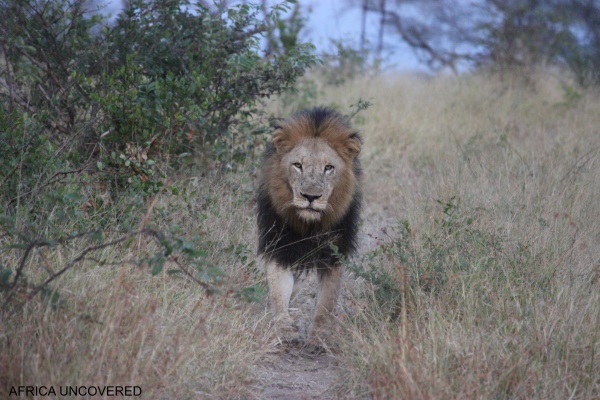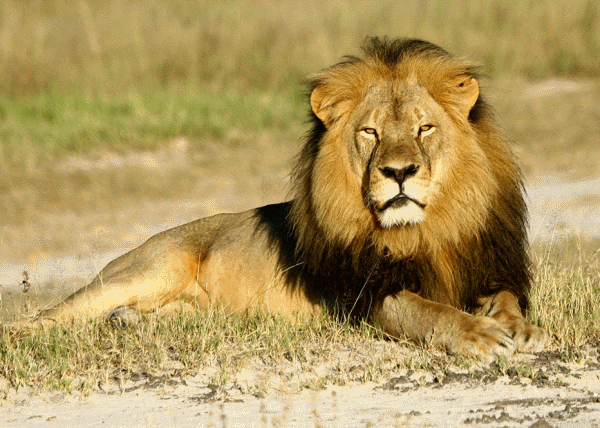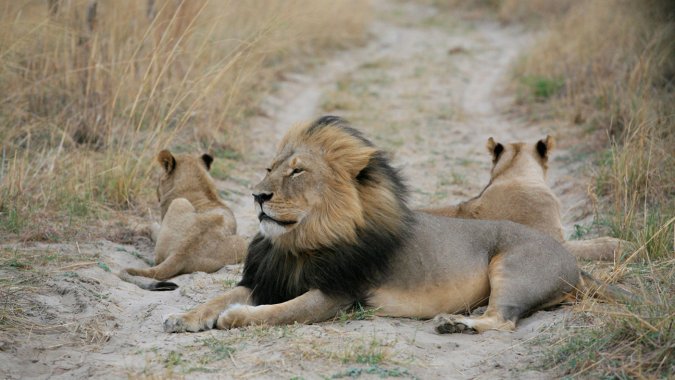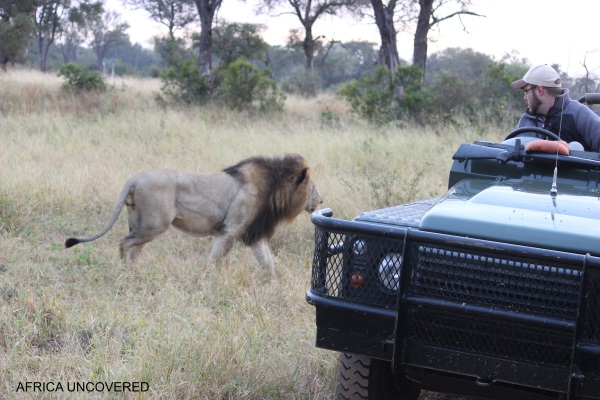With the tragic and unforgivable demise of Cecil, the magnificent Lion at the hands of an American hunter the spotlight has finally been honed in on the potentially murky world of Lion trophy hunting.
Of the main safari destinations in Southern & East Africa, Botswana & Kenya are the only 2 countries that do not allow Lions to be hunted. South Africa, Tanzania, Namibia, Zimbabwe and Zambia (Zambia recently reversed a ban on Lion hunting) all allow Lion Trophy Hunts to legally occur.
Leaving the ethics of hunting these magnificent animals out of this, what is the actual reality of Lion Trophy Hunting from a conservation perspective?
Hunters will argue that their profession or hobby actually benefits conservation. They lay claim to the fact that the huge sums of money generated from Lion hunts, filters its way back to local communities and also allows private land owners to maintain their concessions and land as wildlife areas. If this private land could not be run profitably then wildlife would be substituted for cattle and crops. If one thinks about the pressure that wildlife is under from ever diminishing habitat due to human encroachment their actually may be some sense to this argument.
In reality though, the problem is regulation and accountability or rather the lack there of. Sure, the more land that can be preserved for wildlife the better, however only if there is very strict regulation and accountability. This is where the hunter’s argument in my opinion becomes flawed. Sure there may be regulations in place but how strictly are they enforced and how can one ensure that hunters are adhering to these regulations. In the case of Cecil it appears that if it were not for a tracking collar around his neck that this whole unsavoury incident may have been swept under the carpet. I wonder how much of the $50,000 paid to kill Cecil filtered its way down to any meaningful conservation efforts? One also has to question whether the deliberate acts leading to Cecil’s demise were a one off or the norm?
Photo courtesy Andrew Loveridge/Wildlife Conservation Unit
The pro Lion hunting community also tend to argue that they kill older lions. Cecil was in his prime and lured out of a national park. Hunters paying vast sums of money often want a “beautiful trophy”. That “beautiful trophy” is not some old male lion but I would suspect more often than not a lion in his prime such as Cecil. The massive interest on social media has also led to many pictures of hunters with their lion kills and judging from most of the pictures, very few if any appear to show old males.
Another thing to bear in mind is that the hunters who are paying vast sums of money for these hunts have very busy professional lives thousands of miles away from where they make their kills. Their hunts are often prearranged many months to a year in advance. With tight time frames in which to make a kill, this does put enormous pressure on “professional hunters” that are paid to arrange and assist with the hunt. Older Lions tend to have no territory and so locating them must be incredibly challenging whereas a dominant male has his territory and so is easier to hunt.
Photo courtesy of Brent Stapelkamp
One must also recognise that by killing a dominant male lion you are not just killing 1 lion, but you are also condemning his cubs to certain death. Other male lions often with weaker genes will take over the pride unchallenged and the first thing they will do is seek out the cubs and kill them. So for a pride of say 6 females with 3 cubs each, one bow or bullet from a trophy seeking hunter will almost certainly result in the death of 19 lions and that does not include mothers who may die trying to protect their cubs from the new males.
The vast sums of money that hunters are willing to pay can also make it very tempting for officials to grant more permits than what is sustainable as the demand (for some unknown reason) to come to Africa to kill these majestic animals is very high.
It appears that gone are the days of hunters tracking a Lion, walking for days with old guns, a scenario where there was at least some risk to the hunter. In today’s fast paced world “time is money” and it appears that many Lion hunts involve shots fired from the safety of elevated hides and from vehicles. Animals are often lured to the kill zone by bait or by artificial mating calls or the apparent sounds of their favourite prey in distress. A magnificent Lion whom earlier may have passed a vehicle whereby the only shots fired were from a camera, leaving the occupants of the vehicle with everlasting memories, suddenly finds himself approaching another vehicle where the occupants have a far more sinister objective.
In reality many studies have shown that trophy hunting appears to be having a damaging effect on Lion populations. The sheer existence of Lions and other Big Cats is under threat from many facets of modern day life and trophy hunting appears to be just another contributor to the decline.
By
Stuart Parker
Interested in supporting a worthwhile cause that is aimed at protecting Big Cats? Then check out National Geographic’s – Big Cats Initiative.







